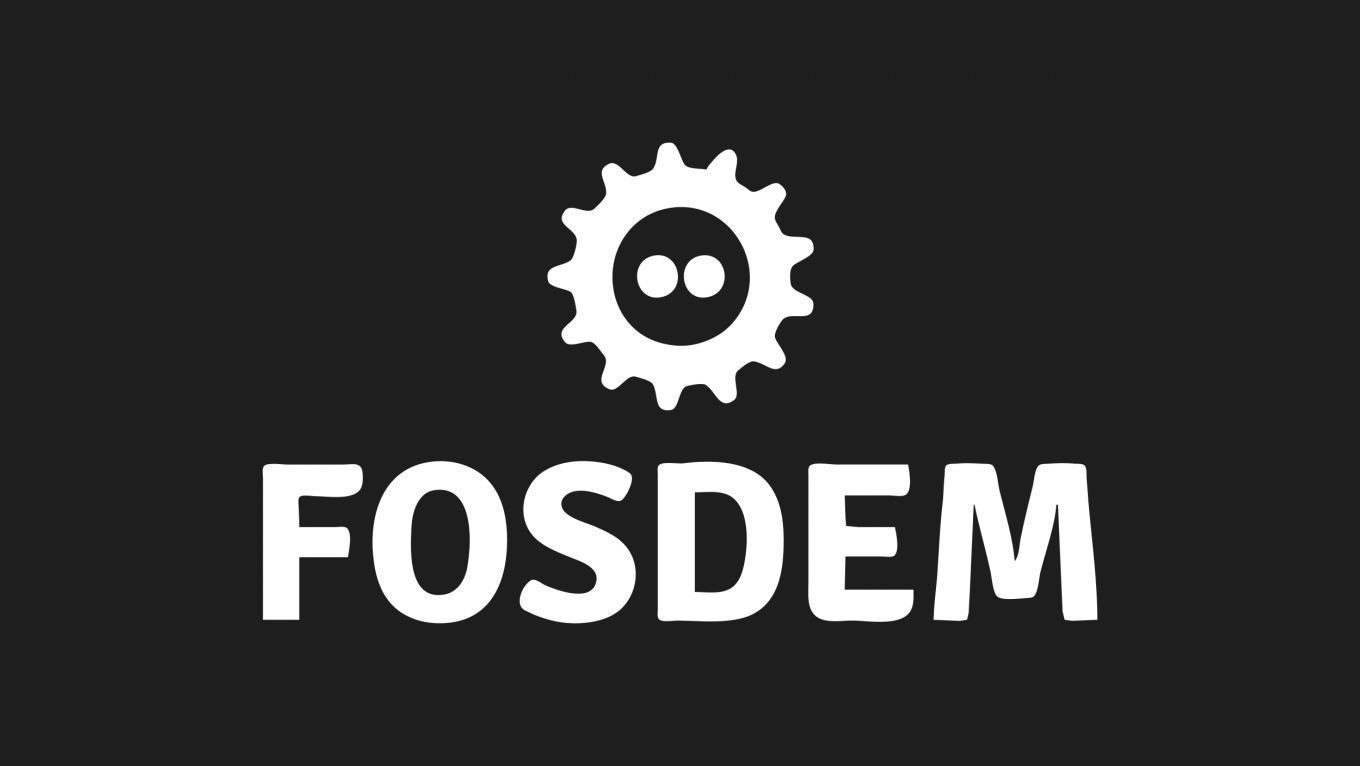Network
Kubernetes networking : is there a cheetah within your Calico?
Even faster kubernetes clusters with Calico, VPP and memif
February 6, 2022
4:30 PM – 5:00 PM Add to calendar
4:30 PM – 5:00 PM Add to calendar
D.network
<p>Kubernetes is great, containers are lightweight & disposable, networking is simple yet powerful. But when
it comes to network oriented applications, oh that can be slow !</p>
<p>That's how the Calico/VPP integration first came up, as a way to address performance bottlenecks, making
VPP's performance the motor of Calico's functionalities in Kubernetes. It speeds up container
networking, but also allows us to expose even faster functionalities directly to the applications.
So with this in place, how can we go even faster, while still preserving the Kubernetes abstractions ?</p>
<p>We'll present how applications can leverage userspace interfaces, what this allows regarding
network performance & additional functionalities and how the Calico/VPP integration makes this happen
under the hood.</p>
Additional information
| Type | devroom |
|---|
More sessions
| 2/6/22 |
<p>Security and monitoring applications need to classify traffic in order to identify applications protocols, misuses, similarities, communications patterns not easily identifiable by hand. nDPI is a library that implements various algorithms for traffic analysis able to detect outliers, anomalies, traffic clusters, behavioural changes efficiently in streaming (i.e. while traffic is flowing). Goal of this presentation is to show how nDPI can be used in real life to inspect network traffic and ...
|
| 2/6/22 |
<p>A rules-based approach has been the standard in network monitoring for many years, for a good reason. In this talk, we'll recap the advantages of a rule-based approach and how it's still relevant to this day. The speaker will also show how you can implement rules using <a href="https://checkmk.com/">Checkmk</a>, an open source IT monitoring software and discuss the entry of AI technology into infrastructure monitoring.</p>
|
| 2/6/22 |
<p><a href="https://libp2p.io">libp2p</a> is a universal, cross-platform, multi-language, modular peer-to-peer networking library powering multiple large-scale networks, for example IPFS.</p> <p>In the first part of the talk we’ll present the basic building blocks of the library and explain how they fit together. In the second part, we’ll take a closer look at the recently added decentralized hole punching feature, allowing NAT and firewall traversal without the need for any central ...
|
| 2/6/22 |
<p><a href="https://fd.io/">VPP (aka Vector Packet Processing)</a> is a fast network stack running in Linux userspace. It is designed to handle packets with high performance, which makes gathering statistics efficiently a must have.</p> <p>The model that has been chosen in <a href="https://fd.io/">VPP</a> to provide up to date statistics is built upon shared memory and optimistic locking. The counters are updated in this shared memory at a rather low cost by the data plane and can be read out at ...
|
| 2/6/22 |
<p><a href="https://www.dpdk.org">DPDK</a> added a RCU library with a novel method to reclaim resources. We have been running tests to understand the performance differences between the <a href="https://www.dpdk.org">DPDK</a> RCU and the <a href="https://liburcu.org/">user space RCU library</a>. In our tests, we find that <a href="https://www.dpdk.org">DPDK</a> RCU can perform reclamation faster and perform significantly better when pre-emptive readers are involved. Other than the performance, ...
|
| 2/6/22 |
<p>In this talk, we will demonstrate high performance routing using open-source <a href="https://fd.io">VPP</a> and it's underlying <a href="https://dpdk.org">Data Plane Development Kit</a>. This talk highlights the authors work on integrating the Linux ControlPlane which makes BGP, OSPF, etc available with VPP. We'll then turn to a popular DPDK based loadtesting tool <a href="https://trex-tgn.cisco.com">TRex</a>, and discuss performance benchmarking results from the field using the author's <a ...
|
| 2/6/22 |
<p>The software applications of the Cloud Native era have a huge dependency on the network, these microservices are bound to a single concern and utilize the network to communicate with each other. The dependency on the network continues to grow as more and more microservices depend on it. However, there is no way to predictably leverage the network for the specific demands of your application. What if we could tag certain applications as needing a priority from the network. This would enhance ...
|

